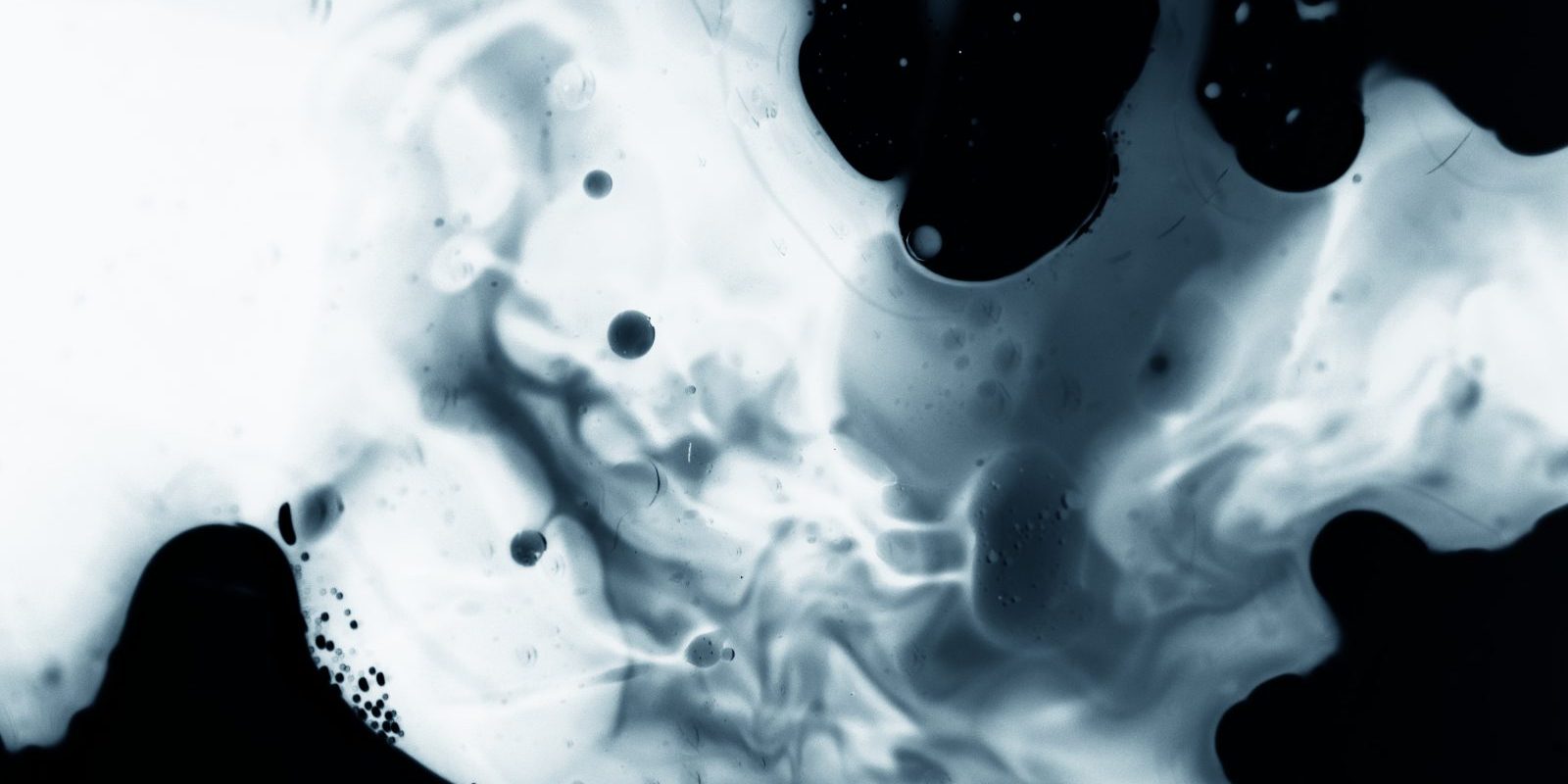 by Autumn Ryan, Founder & CEO of The SoRite Company
by Autumn Ryan, Founder & CEO of The SoRite Company
This DisinfecTip is straight off the Environmental Protection Agency’s (EPA) website, hopefully paraphrased so that it’s easier for you to understand. The trail to being an N Listed disinfectant and receiving the Emerging Viral Pathogen claim is a lengthy process. This is a process that received a lot of attention during the pandemic. Disinfectants on store shelves at that time did not have a listing on their labels for killing Sars-CoV-2 as it was a novel coronavirus.
At that time, many product manufacturers began formulating and reformulating their disinfecting products to meet the emerging viral pathogen for large and small enveloped and non-enveloped viruses. (More about the different viruses to follow.) And the EPA began granting N list designations.
The EPA provided a voluntary, two-stage process to enable use of certain EPA-registered disinfectant products against emerging viral pathogens not identified on the product label.
A manufacturer can even apply for an emerging viral pathogen claim before an outbreak occurs, based on previous EPA-approved claims for harder-to-kill viruses. SoRite has already applied for this claim for germs you thankfully haven’t even heard of yet. We are confident because SoRite eradicates the most difficult to kill bacteria and viruses seen in hospital infections. Our short kill time is what sets us apart and with SoRite it only takes 15 seconds to kill viruses like Covid-19. The truth is, some disinfectants can take up to 10 minutes to kill bacteria and viruses. Who has that long to keep the surface wet and wait?
What Are Emerging Viral Pathogen Claims?
The National Institute of Allergy and Infectious Diseases defines “emerging infectious diseases/pathogens” as those “that have newly appeared in a population or have existed but are rapidly increasing in incidence or geographic range.”
Many of these diseases are viruses, such as SARS-CoV-2.
Emerging pathogens are not all common or predictable. Few disinfectants on store shelves that are EPA-registered product labels specify use against this category of infectious agents. Testing is expensive and manufacturer’s would rather pay for testing commonly known pathogens.
In Review
Once the emerging pathogen is tested and killed—in this case SARS-CoV-2 is a relatively easy virus to kill—the EPA reviews the supporting information to determine acceptability.
SoRite is accepted for use against:
- An enveloped virus (easier to kill). These viruses are the least resistant to inactivation by disinfectants. Their structure includes a lipid envelope which is easily compromised by most disinfectants. Once the lipid envelope is damaged, the integrity of the virus is compromised, thereby neutralizing its infectivity.
- A large, non-enveloped virus (harder to kill than an enveloped virus) such as RSV. These viruses are less resistant to inactivation than small non-enveloped viruses. Although they have a resistant protein capsid, their larger size makes them more vulnerable to inactivation than a small non-enveloped virus. Our kill time for RSV is 60 seconds.
- A small, non-enveloped virus (hardest to kill). An example of this virus is Norovirus, a truly nasty stomach virus that can cause vomiting, diarrhea, stomach cramping, low-grade fever or chills, headache and muscle aches. Small, non-enveloped viruses can be highly resistant to inactivation by disinfectants. Despite the lack of a lipid envelope, these organisms have a very resistant protein capsid. Our kill time for this group is 10 minutes.
EPA Lists
All EPA-registered pesticides—a disinfectant is a pesticide—must have an EPA registration number. Our number is 91603-3.
- When purchasing a product for use against a specific pathogen, check the EPA registration number versus the products included on the list.
- If you would like to review the product label information for any EPA registered product, please visit the EPA product label system.
- Inclusion on any list does not constitute an endorsement by EPA.
SoRite is included on the following EPA Lists:
List C: EPA’s Registered Antimicrobial Products Effective Against Human HIV-1 Virus
List D: EPA’s Registered Antimicrobial Products Effective Against Human HIV-1 and Hepatitis B Virus
List F: EPA’s Registered Antimicrobial Products Effective Against Hepatitis C
List G: EPA’s Registered Antimicrobial Products Effective Against Norovirus
List N: Disinfectants for Use Against SARS-CoV-2
†Sars-CoV-2










